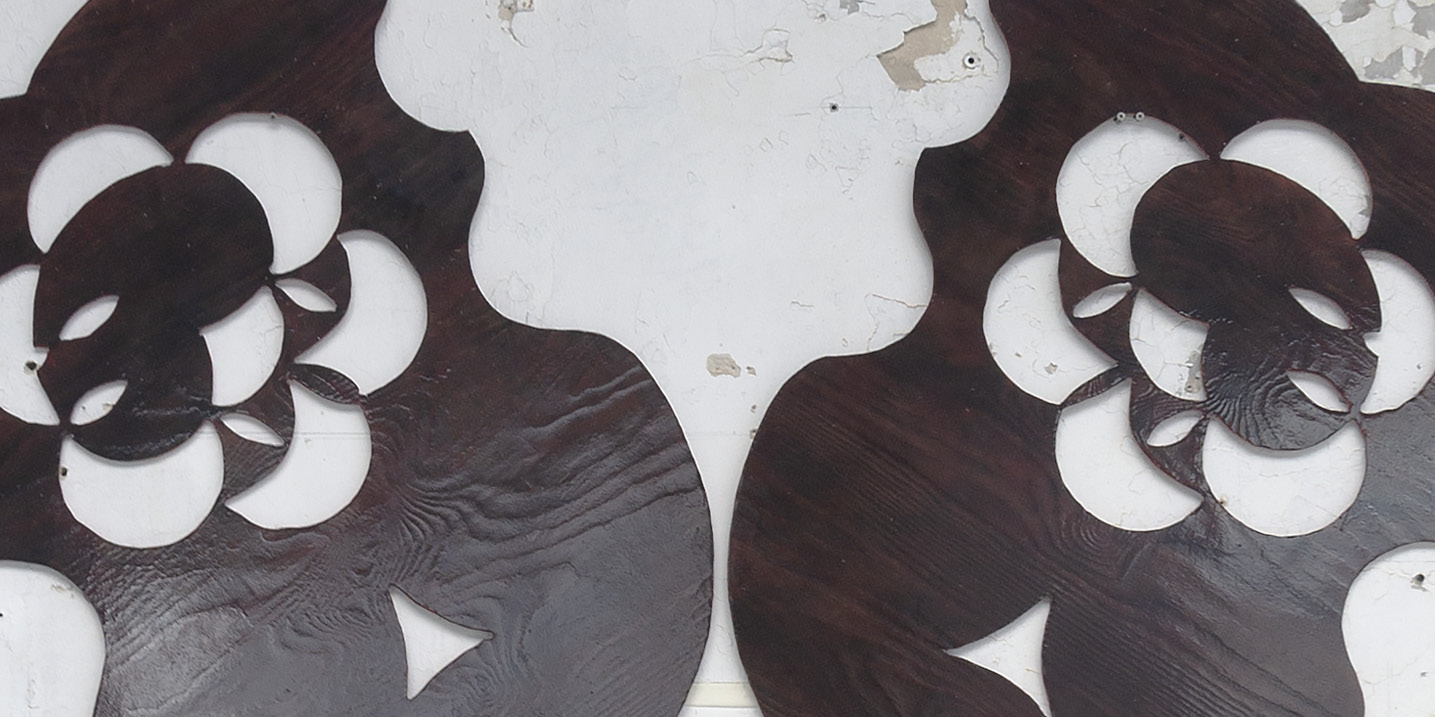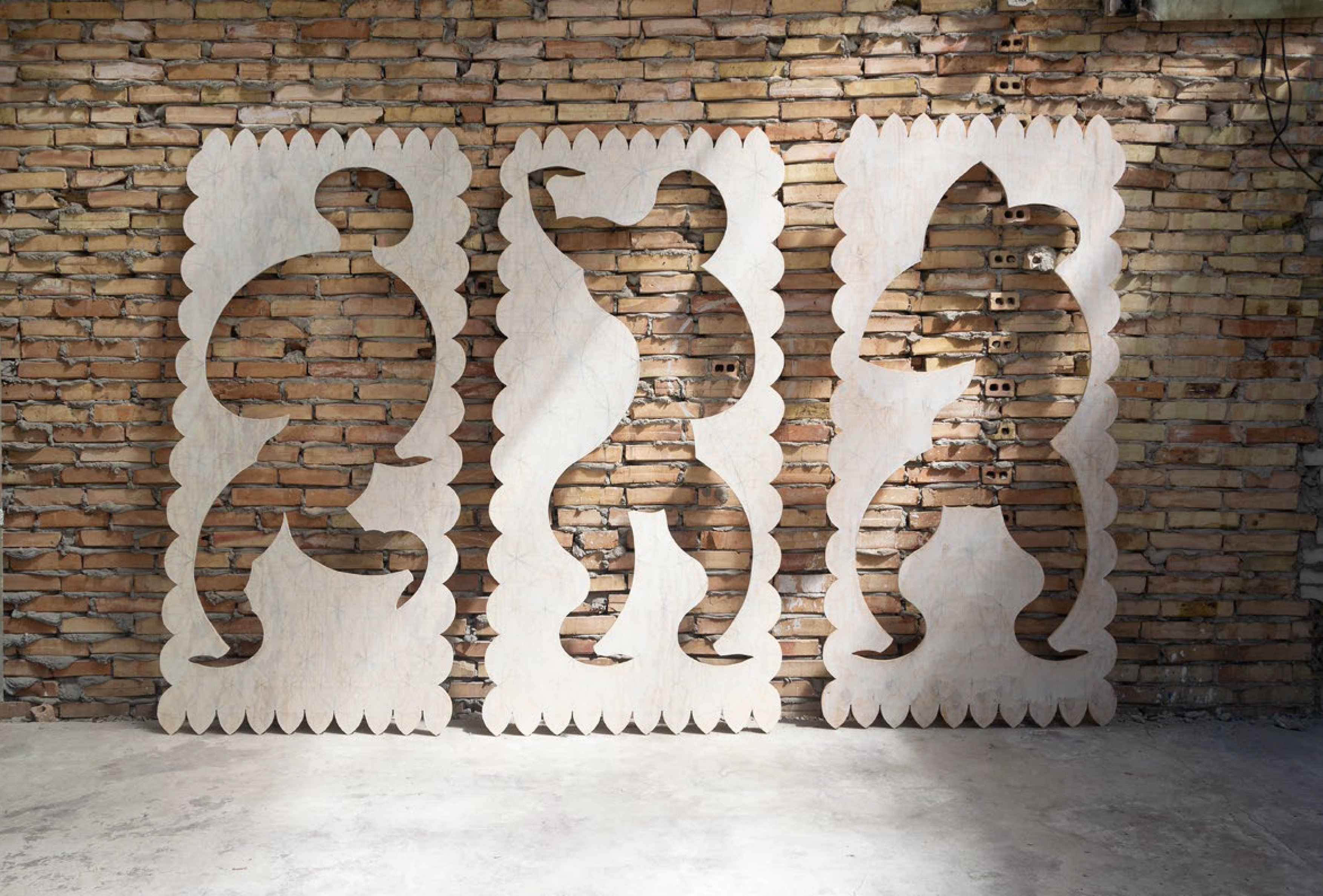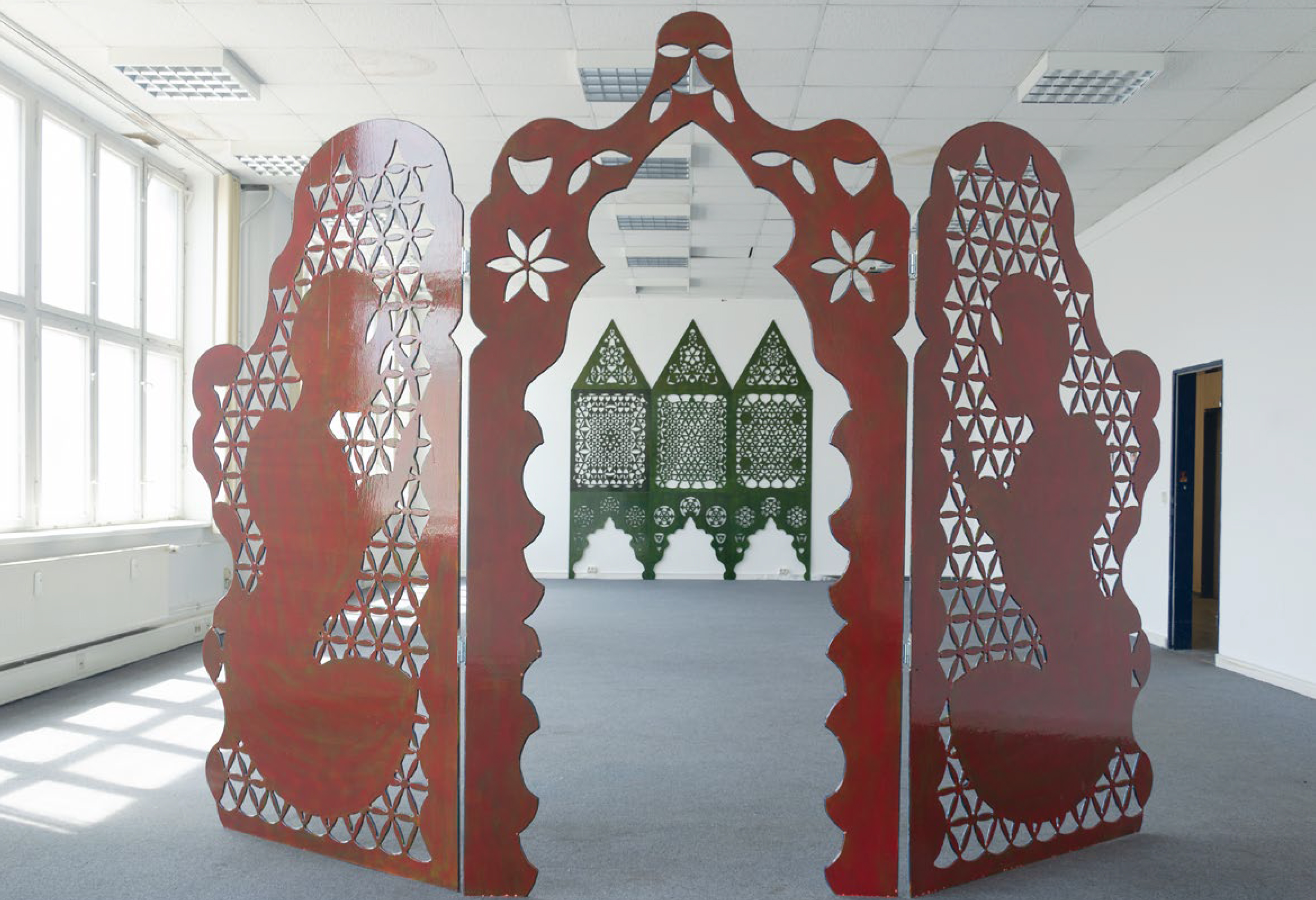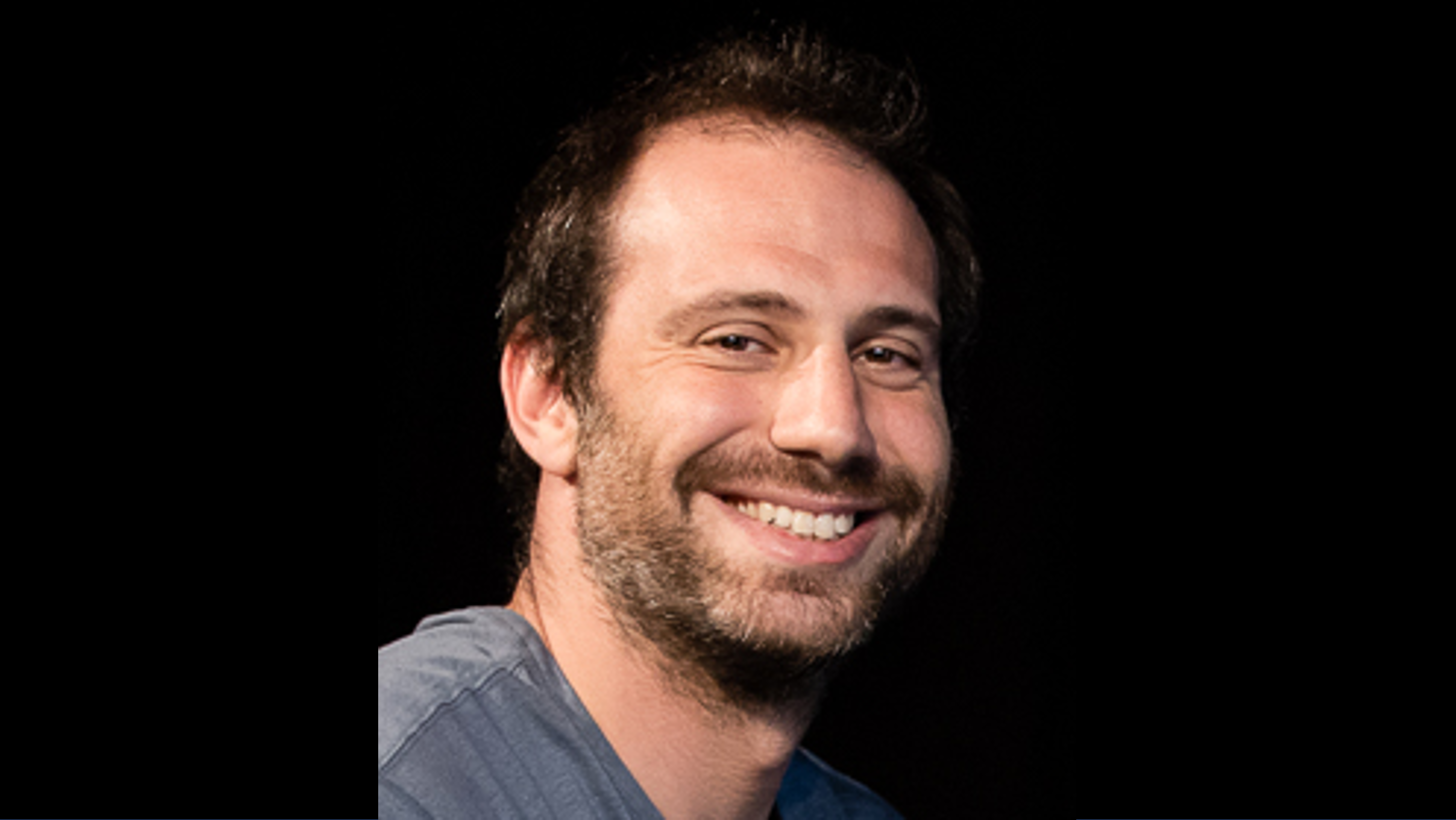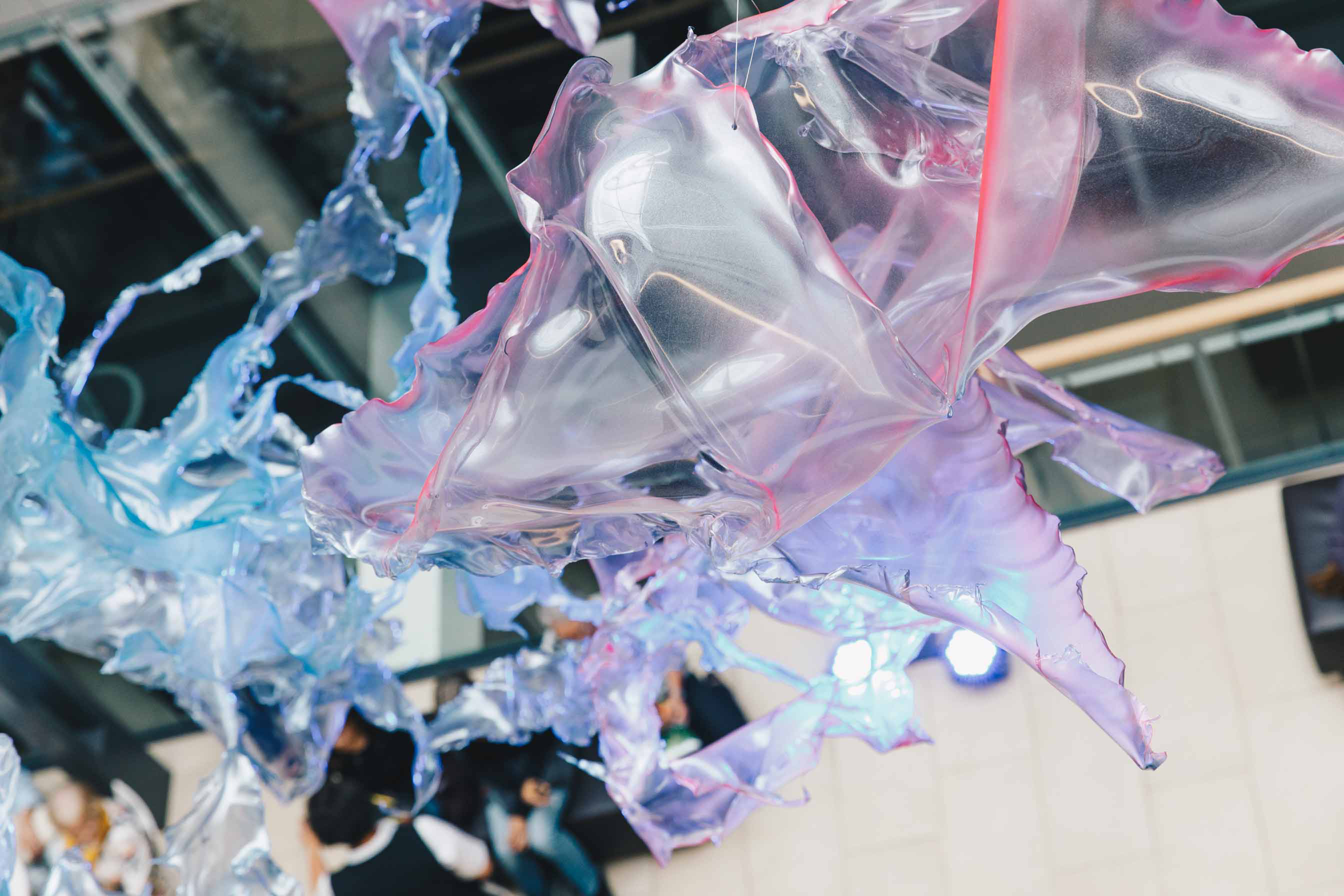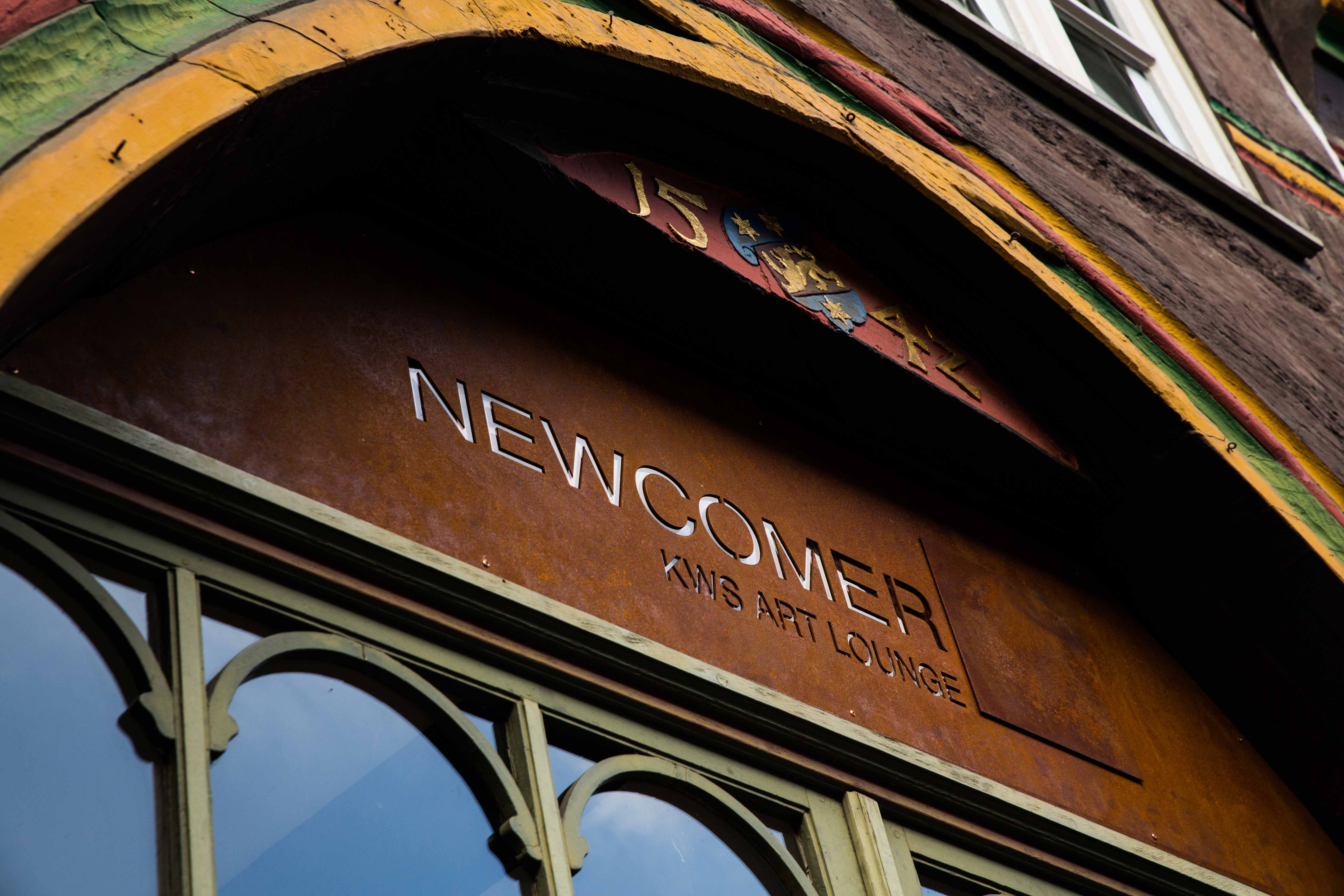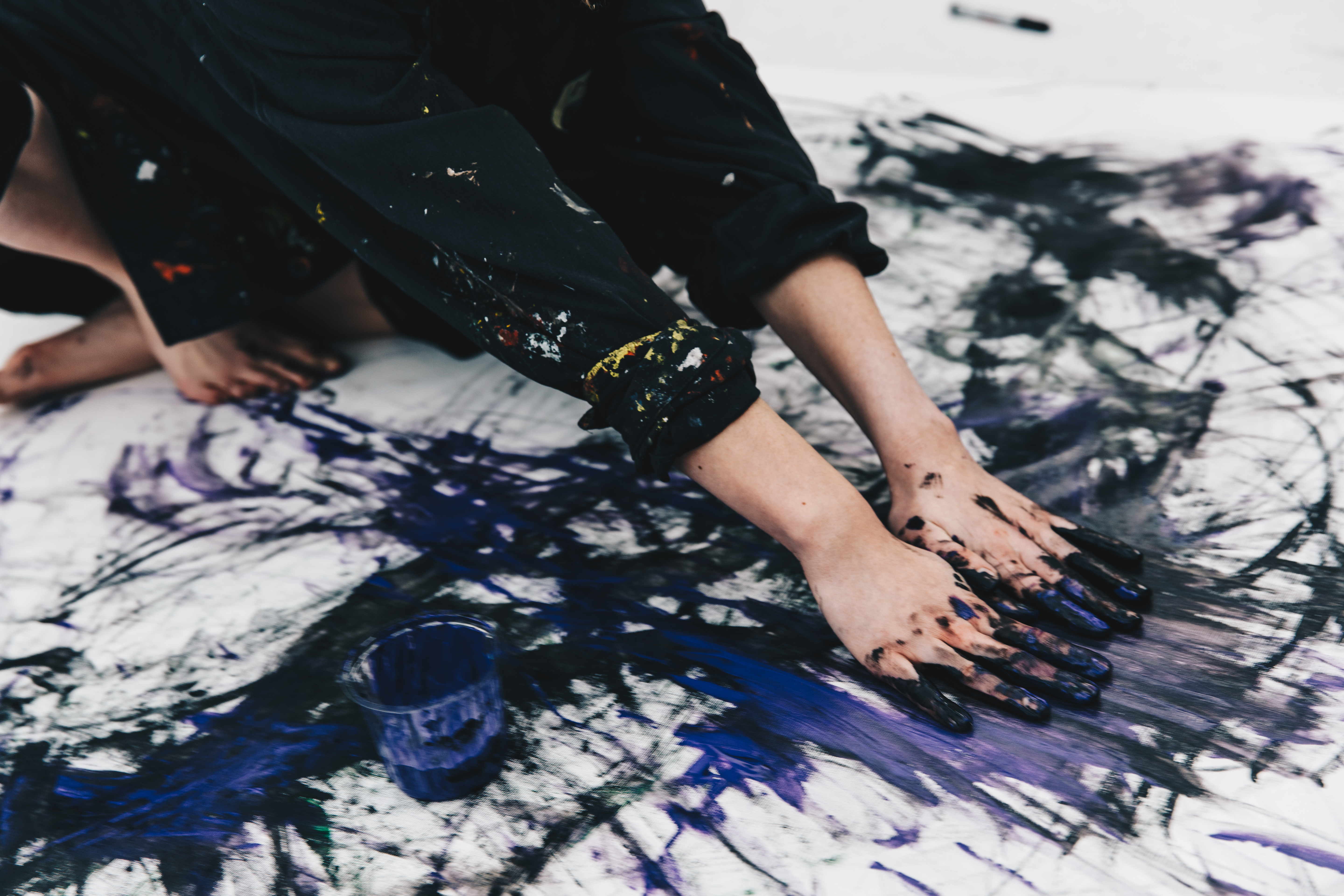GLORIA – Sebastian Körbs
Sebastian Körbs' artistic oeuvre includes prints, drawings, paintings, sculptures and installations. In his art, Körbs devotes himself largely to abstract and above all ornamental forms, but in more recent series of works from the last two years he has also gradually approached figurative representation through the means of abstraction.
About his art
Since a lengthy stay in Istanbul and the resulting intensive study of Ottoman art and architecture, Körbs has repeatedly explored Ottoman-influenced ornamentation in his series of works. These ornaments are mostly based on simple geometric forms, as can also be found in nature. Using different media, Körbs explores the almost infinite variety of ornamental recombinations, for example in his installation works, in which he lays out tiles formed from cookie or bread dough to create large-format colorful picture surfaces or by creating multi-layered and complex form patterns through overlays in the printing process.
Along with the birth of his first child, the artist's oeuvre has recently produced works that deal with cell division and the emergence of life based on the circular form. The drawings and paintings from this group of works still appear abstract on the one hand, but already reveal more clearly the figurative motifs on which they are based.
(Text excerpts from Elmas Senol, Berlin)
In addition to prints, drawings and paintings, sculptures and an installation of 1,600 small cookie shapes set up in the plaza especially for the opening also feature in the Biotechnikum. Visitors were able to “intervene” in this multi-sensory ornament, which can be easily viewed from the upper floors, and taste the shortbread cookies glazed in five different flavors.
About the work of Sebastian Körbs
The Romans had a god of gates and doors. Janus was the only one of them all to have two faces and four eyes. He looked at one side of the portals and the other at the same time. Ascribing a god to the gates is fascinating in that gates denote neither a clear object nor a specific space. Rather, the gate is to be understood as an intermediate space. As an abstract place where two separate worlds can meet.
It is not surprising that Sebastian Körbs, who always navigates artistically between two worlds - the Western and Ottoman art traditions - has chosen a gate, of all things, as the monumental work at the center of his exhibition at the KWS. Körb's work is an invitation to pass through gates. Moreover, his monumental gate barely conceals the other side. Perforated with ornamental motifs, it resembles a delicate mashrabiyya - the window grilles decorated in oriental architecture to ventilate the interior - rather than the massive entrance gate of a castle. Here, too, the air can circulate freely: the different worlds are never completely separated from each other.
This gate directly expresses two central dimensions of Körb's work: his relationship to space and his fascination with the evocative power of ornament. Körbs treats space as a continuum to be constantly rediscovered. The power of art is to organize empty space and make it visible to us. The sculptures, and not least the monumental gate, create new, previously unperceived spaces. Körbs places several of his works in corners or high up, thus giving invisible spaces an existence.
(Text excerpt by Dr. Daniel Rakovsky)
"Körb’s works continually play with the empty spaces within his creations. The air becomes part of the sculptures. The void becomes matter, an integral part of the work."
Dr. Daniel Rakovsky
The artist – Sebastian Körbs
Dr. Daniel Rakovsky (art historian, choreographer)
Daniel Rakovsky (*1984, Brussels) studied philosophy and visual studies in Paris and Freiburg. In 2014, he completed a trinational doctorate on the concept of asymmetry in Renaissance portraiture (Paris-Sorbonne/University of Bonn/University of Florence).
After various experiences in German and French museums, he has been working at the Fondation Beyeler in Basel since 2016.
Since completing his dance training in 2018, he has been pursuing a career as a choreographer in parallel to his museum work. In 2020, he founded the Franco-German dance company “Onze Chambres”.
The combination of these two focuses is currently leading him to take a particular interest in the relationships between visual art, dance and performance and to develop inclusive formats for performative tours in galleries and museums.
Discover more
Your contact

